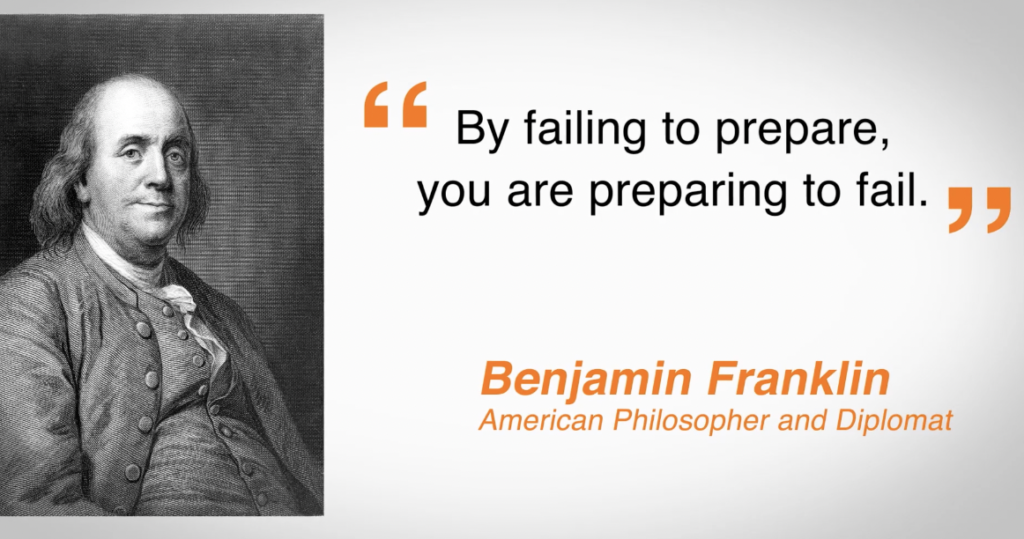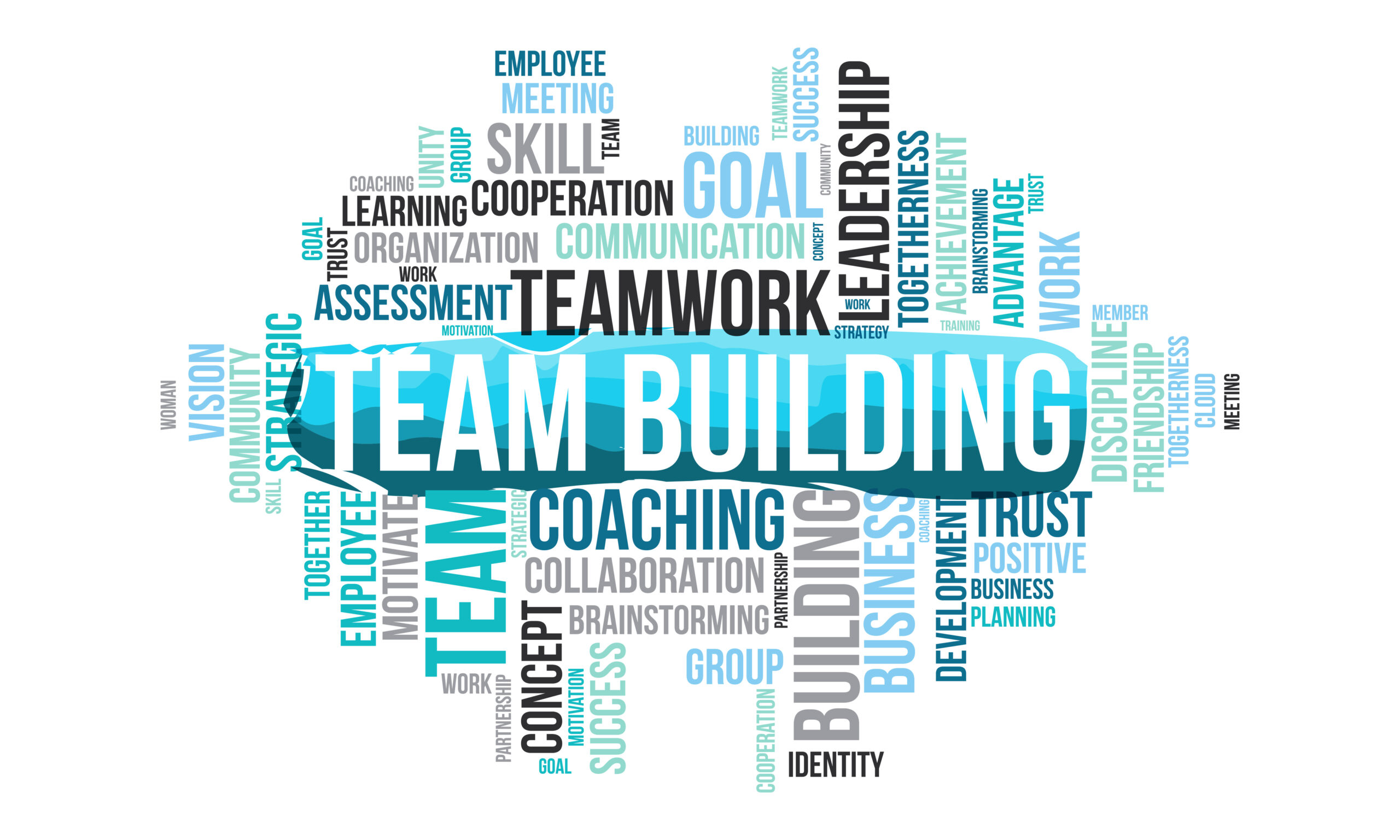Leadership Quotes:

“In a growth mindset, challenges are exciting rather than threatening. So rather than thinking, oh, I’m going to reveal my weaknesses, you say, wow here’s a chance to grow.” –Carol S. Dweck

“In a growth mindset, challenges are exciting rather than threatening. So rather than thinking, oh, I’m going to reveal my weaknesses, you say, wow here’s a chance to grow.” –Carol S. Dweck
My Documentation of Learning
BE A LEADER NOT A FOLLOWER
True leaders collaborate with others, lead, and inspire. They rise within a business with others and are not just focused on their success but the success of others. They demonstrate team leadership and collaboration.


.


MBA Student with Johns Hopkins University.

Module 2: Team Design and Life Cycle
2. Elaboration- Within elaboration I found the conditions of team effectiveness to be very insightful. Which helped to discuss how a team can grow within a specific capacity and how individuals learn.
It is important that when someone wants team effectiveness that it is done in a way that provides structure, direction and in the end creates a team.
3. Concrete Examples- Currently, my team within this class is doing a great job working together. However, I do think we are all in the storming phase. I do think everyone in my team is great however, we have all questioned the proper way of doing things. Eventually we will be in the Norming phase.
4. Dual Coding-

Module 3: Decision Making
Within the retrieval process through using a structured approach a team is more likely able to accomplish and face difficult situations that they encounter. There are three main key elements that involves decision making. The first is intelligence, the second is design and the last key element is choice.
2. Elaboration:
What I found to be extremely interesting is that intelligence within the three key elements of decision making involves targeting appropriate information. Whereas, design involves more of formulating and lastly choice is when a course of action and or implementation needs to be selected.
3. Concrete Examples:
The three key elements which can impact any team can also affect a team. However, this decision making process is critical and needed so that the best application and decision can be made.
4. Dual Coding:
Module 4: Sense-making
Within the learning this week I learned that there are 7 elements of sensemaking. These elements range from clarity, being retroactive, having enactment, remaining true to social impact, attending ongoing projects and lastly exact cues. It is within sensemaking that brings about thinking.
2. Elaboration:
I found the learning this week to be interesting because sensemaking allows for one to interpret the environment around him or her and make sense of it. In doing so, individuals are better to make reasonable decisions. Sensemaking which is what is used in organizational and a personal environment allows one to not just focus on the structure or the way in which things work and the system but rather how people see things.
3. Concrete Examples:
An example of sensemaking that comes to mind is when individuals are better able to gather information so that a final goal or purpose can be completed. Sensemaking allows for individuals to be better understood and to better allow things to be explained.
4. Dual Coding:

Module 5: Team Leadership & Teamwork
When it comes to successful teams it is important to remember that teams that are successful are made up of individuals that have shared common goals and a shared vision. When it comes to organizations and companies, they value team performance. When it comes to team performance collaboration is key and so are the strategies used for knowledge, skills and support to better help a team grow. Two important things to remember when it comes to team leadership is that it is important to get the job done and also, having a productive relationship.
2. Elaboration:
Two important insights from this week is that it is important to remember that in order to have an effective team there can’t be a team that is leaderless. Each effective team will have different members or team members that have the most relevant experience and or knowledge pertaining to each specific issue. This is where the responsibility should fall.
Within a team there are very specific things that help with the effectiveness of a team and they are as follows: goals, collaboration, environment, support, priorities and performance.
3. Concrete Examples:
In class teams it is crucial that each team have clear goals, a collaborative environment, the support of all team members, have clear priorities and perform effectively.
4. Dual Coding:

Module 6: Team Creativity and Innovation
2. Elaboration- Within this week’s sync session many different leadership styles were discussed. They are as follows: Visionary, Coaching, Affiliative, Democratic, Pacesetting and Commanding. From individuals being geared toward a vision within Visionary to Coaching which refers to strength and development. Affiliative leaders who want to be liked by others. Whereas, Democratic relates to consensus and input.
3. Concrete Examples- An example pertaining to my own personal life is that I used to take on more of an Affiliative role however, recently I have learned that not everyone in the work place needs to like me nor should I be friends with those I am managing. As this can cause issues with managing. So recently, I have taken on more of a Visionary and Coaching leadership style.
4. Dual Coding-

Module 7: Team Creativity and Innovation
2. Elaboration- Within the team forming steps there needs to be an understanding of ground rules as this will allow for a better commitment of all team members. Next, it is important for an action plan to be made and addressed which will better help with performance goals. Within the last step is to implement assessment tools which will help to monitor the progress of a team.
3. Concrete Examples: Within my team working together we made sure to constantly meet and discuss via text plans, goals, our mission and objectives as a team. This helped us prepare and overcome challenges as a team. It helped us achieve our goals and we were better able to recognize as a team what needs to be done.
4. Dual Coding –

Module 6: Teaser Video
Module 7: Team Audit Presentation